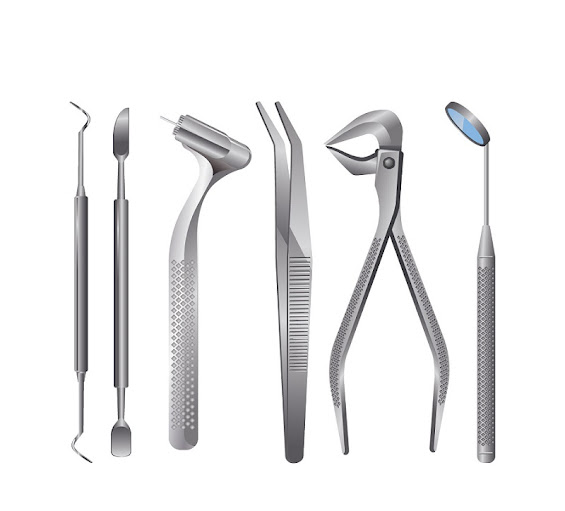The men's deodorant market has been a reliable, yet somewhat stagnant, corner of the personal hygiene aisle. But a refreshing wave of change is sweeping through the category, driven by a growing focus on personalization, performance, and natural ingredients. This blog dives into the evolving trends shaping the men's deodorant market, a market projected to reach a cool USD 21.1 billion by 2027, reflecting a healthy CAGR of 3.2%.
Beyond the Basic Block: Deodorants for Every Dude
The days of a single deodorant catering to all male needs are fading faster than yesterday's antiperspirant scent. Today's market offers a spectrum of specialized deodorants designed to address various concerns:
- Long-Lasting Protection: Active lifestyles demand deodorants that can keep up. Formulations designed for extended wear are a major growth factor, especially for busy professionals and gym enthusiasts.
- Sensitive Solutions: For men with sensitive skin, the need for hypoallergenic and fragrance-free deodorants is on the rise. This caters to a previously underserved segment of the market.
- The Natural Movement: The natural ingredient trend extends to deodorants. Aluminum-free options with ingredients like mineral salts and essential oils are gaining significant traction, driven by health concerns and a desire for cleaner beauty products.
- Signature Scents: Deodorants are no longer just about masking odor; they're a way to express individuality. Deodorants with unique and subtle fragrances are finding favor with men seeking a more personal touch in their grooming routine.
A Market Driven by Diversity and Performance
This focus on personalization and performance is a key driver of market growth. Here's a closer look at the trends shaping the future of men's deodorants:
- E-commerce Boom: Online shopping is making it easier for men to discover niche deodorant options that cater to their specific needs. This broader availability is fostering exploration and brand experimentation.
- Subscription Services: Subscription boxes offering curated deodorant selections are gaining popularity, promoting brand loyalty and convenience for busy consumers.
- Focus on Sustainability: Eco-conscious consumers are driving the demand for deodorants with recyclable or biodegradable packaging. Brands that prioritize sustainability can resonate with this growing segment.
- Ingredient Transparency: With concerns about aluminum and other potential irritants, brands that clearly communicate their ingredients and avoid greenwashing tactics are winning consumer trust. Transparency is key in today's market.
Winning Strategies in a Competitive Landscape
The men's deodorant market is a dynamic and competitive space, but some key strategies can help your brand stand out:
- Cater to Diverse Needs: Offer a variety of deodorant formulations to cater to different preferences, activity levels, and skin sensitivities.
- Embrace Innovation: Invest in research and development to create unique and effective deodorant solutions that address specific concerns.
- Sustainability Matters: Prioritize eco-friendly practices and packaging to resonate with environmentally conscious consumers. This can be a key differentiator in a crowded market.
- Build Brand Loyalty: Develop targeted marketing campaigns that connect with your ideal customer and highlight the unique selling points of your deodorants.
The Takeaway: A Fresh Future Awaits
The men's deodorant market is no longer a one-size-fits-all proposition. By understanding the evolving consumer needs, the growing emphasis on personalization and performance, and the rising popularity of natural ingredients, brands can develop innovative products that cater to the modern man's desire for freshness, confidence, and a touch of individuality. Embrace the shift, prioritize diversity and innovation, and get ready to be a frontrunner in the sweat-free future of men's deodorants.






